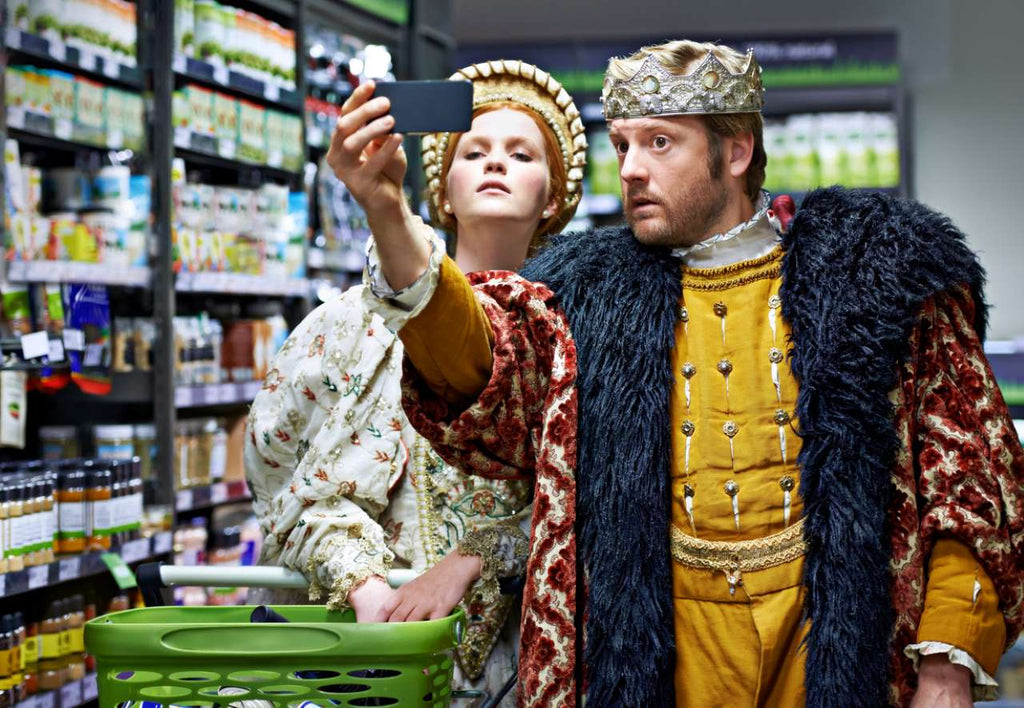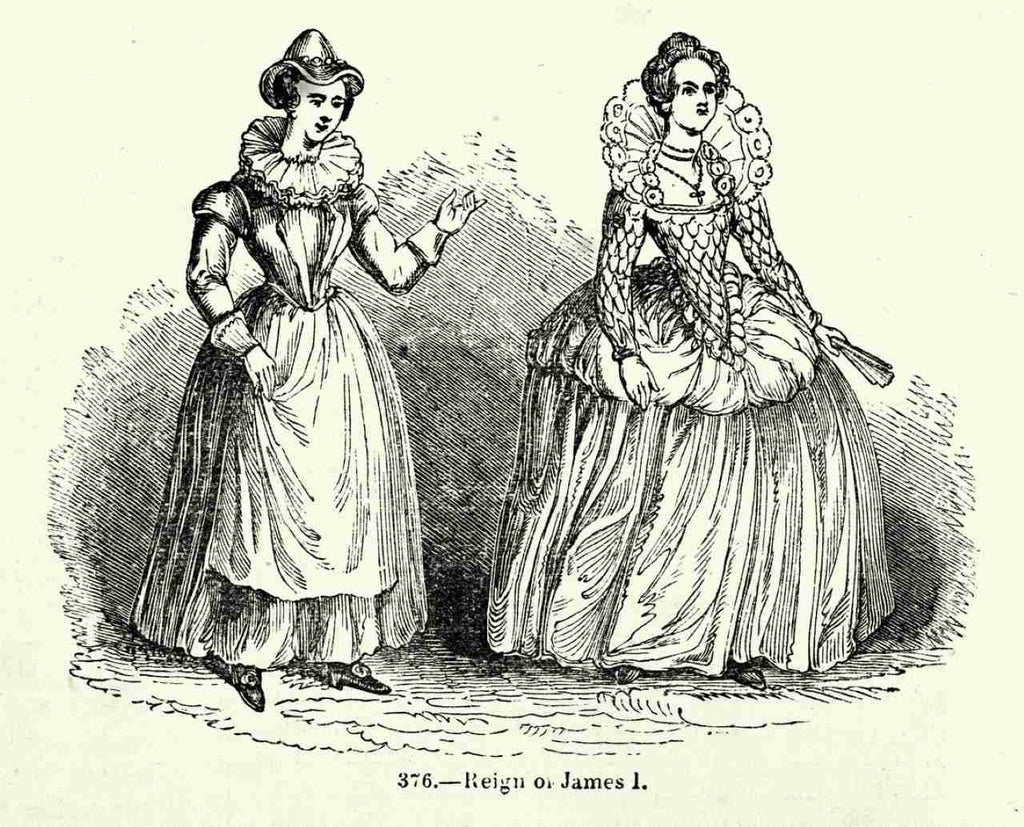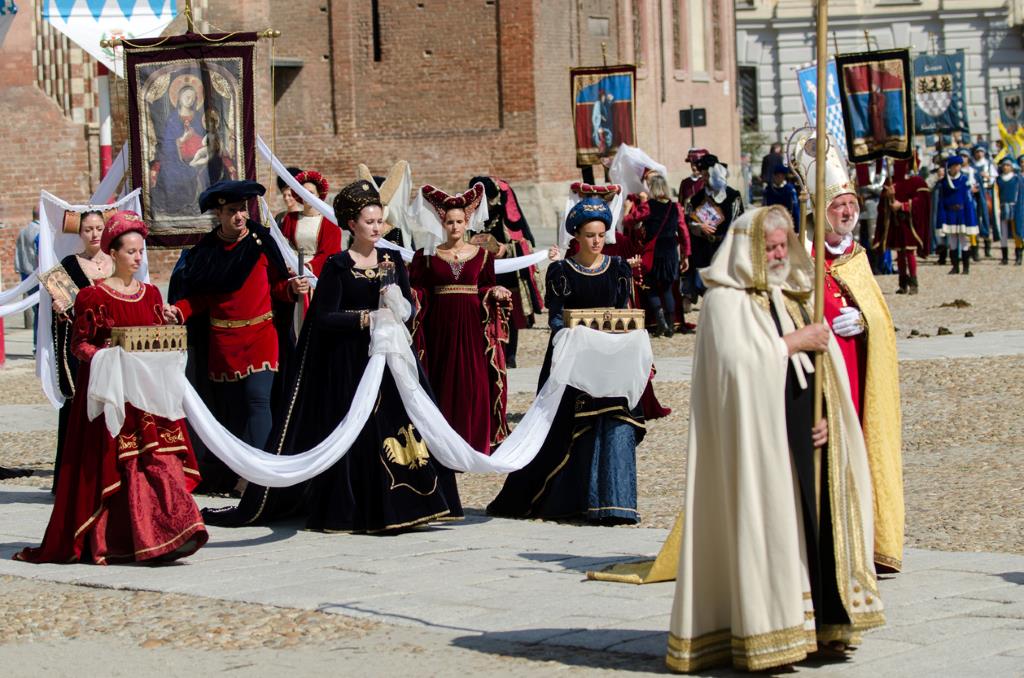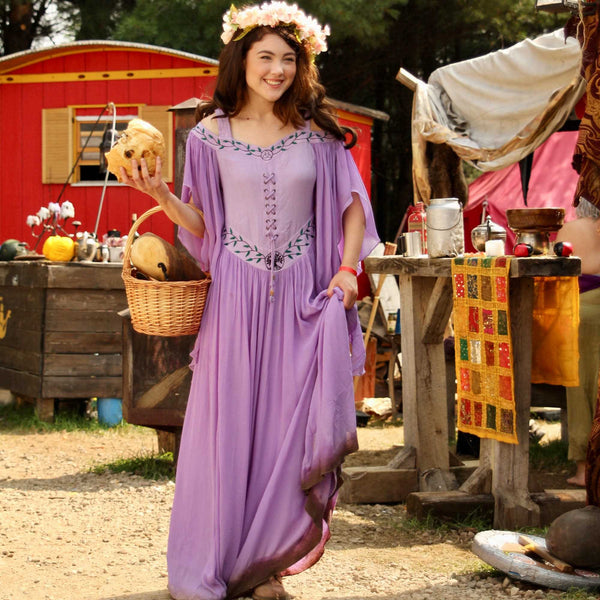
Welcome to the enchanting world of Renaissance Fairs, where history, fantasy, and outdoor adventure blend into an unforgettable experience. If you’re planning to immerse yourself fully by camping at a Renaissance Faire, you’re in for a magical treat. But, as with any quest into ye olde times, preparation is key. From what to pack to creating your own medieval campsite haven, we’ve got you covered with essential tips and tricks to make your experience comfortable, fun, and truly memorable. Let’s dive in!
Packing Smart for Faire Adventures
Embarking on a Renaissance Fair adventure is like stepping into another world, and the right preparation can make all the difference. Let’s dive into the essentials that will equip you for a weekend of wonder:
Basic Camping Essentials
First and foremost, ensure your packing list includes all the camping must-haves: a sturdy tent, a sleeping bag suitable for the night temperatures, and a comfortable sleeping pad. Remember, even knights enjoy a good night’s sleep!
Themed Costumes and Accessories
Not sure what to wear to a ren faire? The truth is that part of the fun comes from dressing the part; whether you’re a valiant knight, a mysterious sorceress, or a noble fairy, your attire will enrich your experience and make it feel truly immersive. And if you’re not sure where to begin, dive into our collection for the perfect Ren faire attire; from custom-made gowns to quality plus size Renaissance dresses, we’ve got everything you need to help you both look and feel the part.
Comfortable Footwear
As you’ll be exploring the fairgrounds from dawn till dusk, comfortable footwear is non-negotiable. Opt for period-appropriate boots or shoes that provide support and style.
Creating Your Faire Haven
Transforming your campsite into a Faire-worthy retreat not only enhances your experience but can also be a fantastic way to make new friends with fellow enthusiasts:
Optimal Tent Placement
Choosing the right spot to pitch your tent can make a significant difference, but generally, you should look for level ground, ideally under a tree for shade but away from paths to maintain some privacy.
Decorate with Faire Flair
This is the time to let your creativity flow! Get arty and decorate your campsite with flags, tapestries, and lanterns to create an ambient retreat that feels like it’s straight out of a fairy tale.
Respectful Campsite Etiquette
Remember, a knight is not only brave but courteous, so you’ll want to keep noise to a minimum at night, clean up after yourself, and respect the space and privacy of your fellow campers.
Food and Drink Tips

Feasting is a key part of the Renaissance Faire experience, but with a bit of planning, you can ensure you have delightful meals at your campsite too:
Planning Faire-Friendly Meals
Pre-pack snacks and plan simple, hearty meals that can be easily cooked over a campfire or portable stove. Think medieval - bread, cheese, fruits, and grilled meats - for an authentic dining experience.
Hydration and Refreshments
Staying hydrated is incredibly important, especially if you’re donning layers of period attire. Bring plenty of water, and why not enjoy some mead or cider in moderation to toast to your health and happiness!?
Safety and Health Considerations
While embarking on this time-traveling adventure, keeping health and safety in mind ensures that the only surprises you encounter are pleasant ones.
First Aid Preparedness
You never know what can happen on a camping trip, so a small first aid kit can be a lifesaver. Make sure to include basics like plasters, antiseptic wipes, and any personal medications, as well as insect spray, painkillers (yes, for the hangover!) as well as any allergy medicine you might need.
Sun Protection
Even the mightiest warriors need protection from the sun! Make sure to pack sunscreen, a wide-brimmed hat, and sunglasses to shield yourself from the rays, and don’t forget to re-apply your sunscreen regularly throughout the day if you’re exposed to direct sunlight.
Final Thoughts
Ultimately, camping at a Renaissance Faire is an experience like no other, offering a unique blend of adventure, historical immersion, and community. And with the right preparation, you can ensure your time is filled with joy, comfort, and the magic of the past. So, gather your gear, don your finest attire, and step into a world where history and fantasy come to life.
FAQs
What is the best way to keep my valuables safe at the campsite?
Invest in a lockable trunk or portable safe for your valuables and keep it in a concealed spot within your tent. Additionally, it’s wise to carry essentials like your ID, money, and phone in a pouch or small bag with you as you explore the Faire.
Can I cook at my campsite, or should I plan to eat at the Faire?
Many campers enjoy cooking at their site, as it adds to the experience and can be more economical. Portable stoves or campfires (where allowed) are great for this. However, eating at the Faire is also a must-do for the full experience, with many offering a range of historical and delicious food options. A mix of both is often the best approach, allowing for convenience and the chance to indulge in the Faire’s culinary offerings.
What should I do if it rains during the Renaissance Faire?
Prepare for all weather by packing waterproof covers for your tent and belongings, as well as rain gear for yourself, such as ponchos or waterproof cloaks. Most Faires continue rain or shine, so embracing the weather as part of the adventure can add to the authenticity and fun.
]]>





















 The Renaissance era was a time of cultural rebirth and artistic innovation, but it also marked a significant evolution in fashion, particularly in the form and function of women's attire. Central to this transformation was the corset, an iconic garment that we might even be able to say is as popular now as it was then! But what’s the history of the corset, and what could explain its almost-universal appeal hundreds of years after its invention? Let’s take a look.
The Renaissance era was a time of cultural rebirth and artistic innovation, but it also marked a significant evolution in fashion, particularly in the form and function of women's attire. Central to this transformation was the corset, an iconic garment that we might even be able to say is as popular now as it was then! But what’s the history of the corset, and what could explain its almost-universal appeal hundreds of years after its invention? Let’s take a look.

















